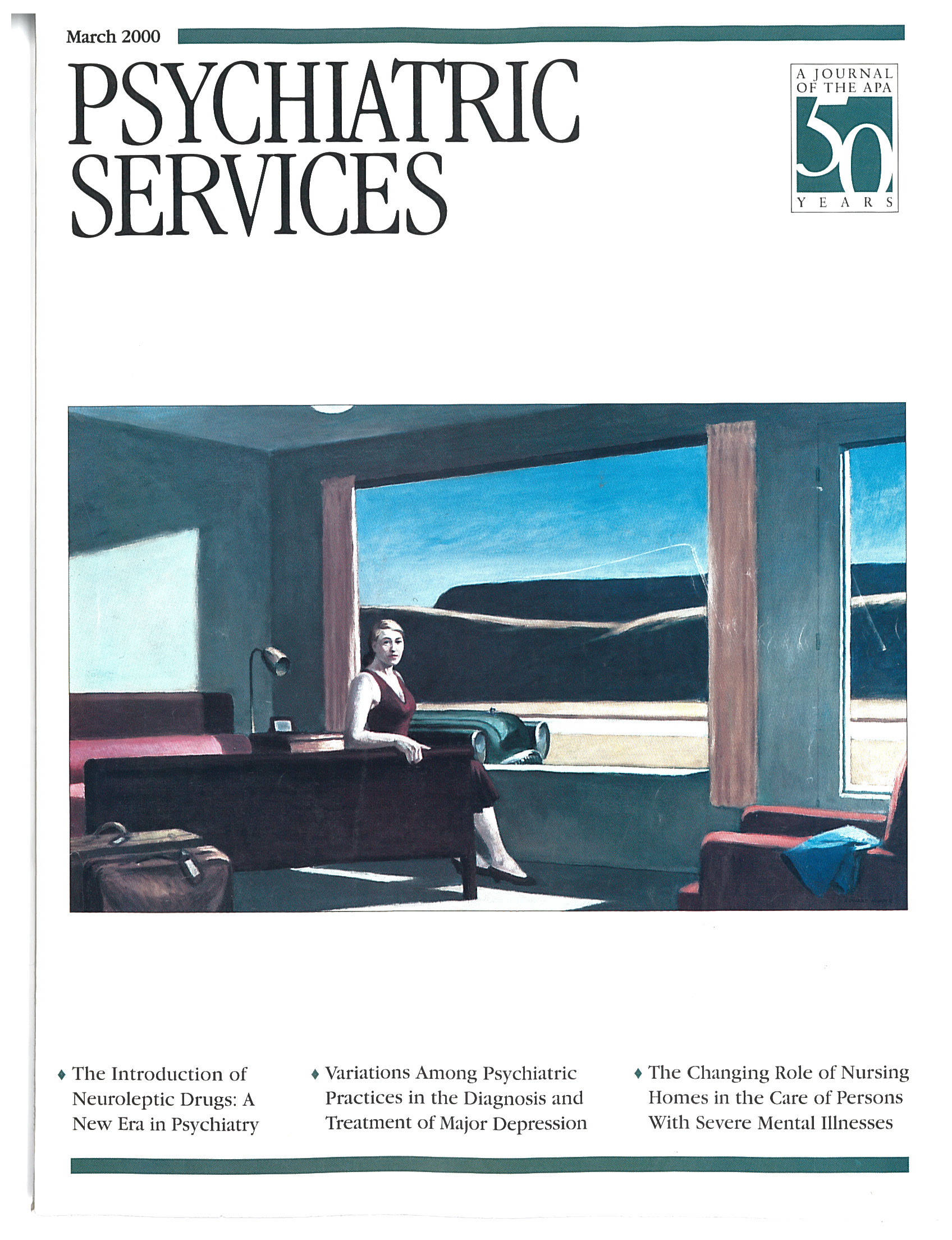Rehab Rounds: Overcoming Barriers to Individualized Psychosocial Rehabilitation in an Acute Treatment Unit of a State Hospital
Abstract
Introduction by the column editors: Psychiatric rehabilitation begins during the acute stages of a psychiatric disorder and continues throughout the person's lifetime, with the types of services flexibly keyed to the person's phase of illness, needs, and personal goals. During periods of relapse and exacerbation of symptoms, when hospitalization is often required, psychiatric rehabilitation should include the following five objectives: • Clarify how the person's own goals in life, such as a desire for more self-control, freedom of choice, privacy, and time with friends and family, can be served by inpatient treatment and symptom stabilization. • Educate the patient about the nature of his or her illness and how medications work to restore self-control. • Teach the patient about side effects and self-monitoring and negotiating about medication and its effects in a collaborative way with the psychiatrist and other members of the treatment team. • Connect with the family or other natural supports that the person has in the community. • Enable the patient to make appropriate aftercare plans for residential and continuing treatment needs after discharge. When rehabilitation is viewed from the vantage point of these objectives, the inextricable interweaving of "treatment" with "rehabilitation" becomes clear. Treatment and rehabilitation are two sides of the same.It is much easier to integrate psychiatric rehabilitation into more traditional methods of treatment than it is to reorganize a treatment program or facility so that it blends rehabilitation with prevailing treatment imperatives of pharmacotherapy, supervision, and security and safety. In previous Rehab Rounds columns, we have described examples of creative methods for bringing the principles and practices of psychiatric rehabilitation into the treatment milieu (1,2,3).Faced with regulatory criticism from governmental agencies, Dr. Dhillon and his colleagues at Eastern State Hospital in Williamsburg, Virginia, launched a vigorous initiative to bring psychiatric rehabilitation into the forefront of their clinical enterprise. To enable readers to learn from their successful experience and adapt some of the administrative and clinical procedures that worked in Virginia, Dr. Dhillon and Ms. Dollieslager describe the operational details of their odyssey. We believe that their effectiveness in changing a traditional institution can be duplicated in many other places—in units within general hospitals or other community-based settings—as well as in state psychiatric hospitals, where acute treatment has been limited to pharmacotherapy and recreational and diversional activities.



